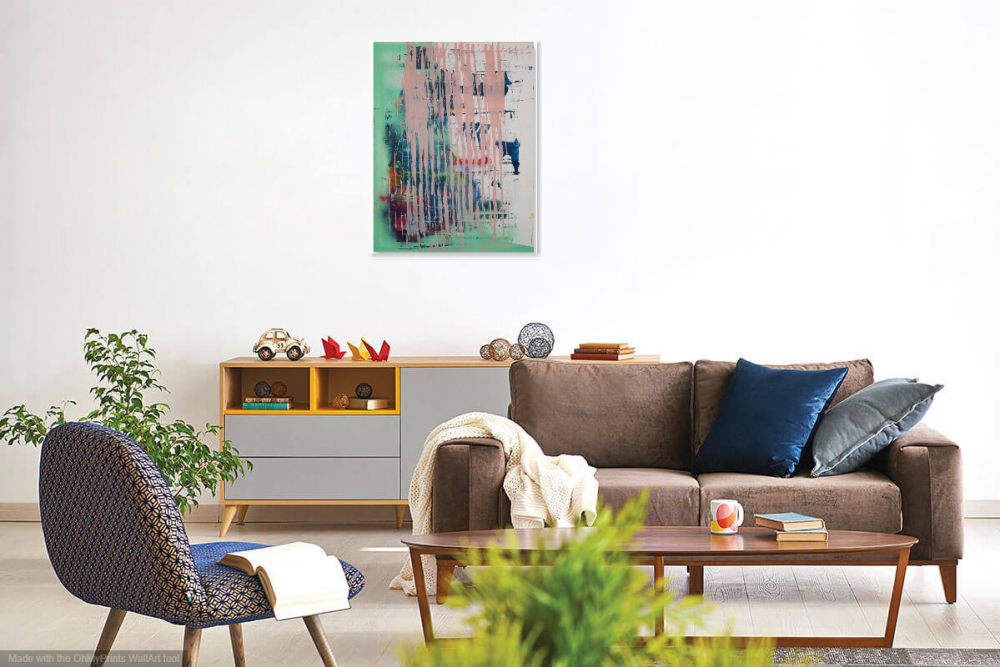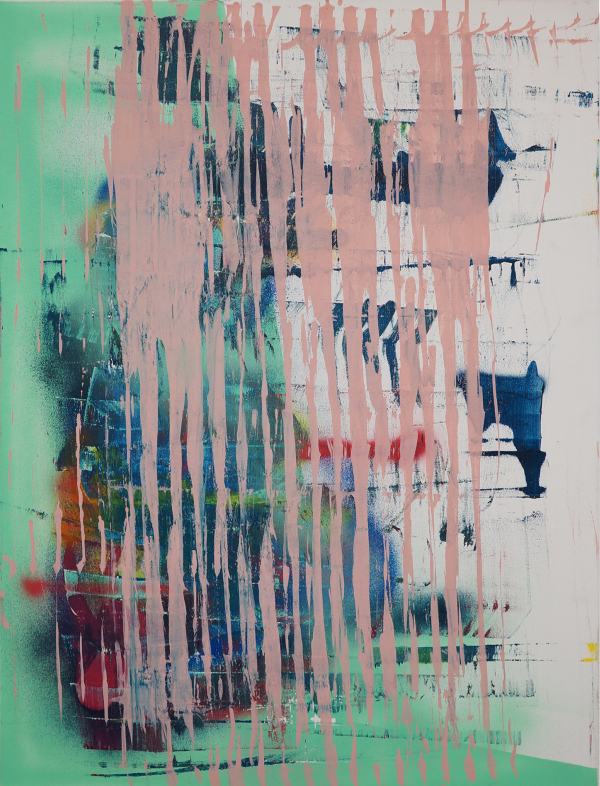
.jpg)
A BRIEF ART HISTORY OF CENTRAL AND EASTERN EUROPEAN CONTEMPORARY ART
Eastern European Art Post-World War II
The art history of Central and East Europe has gone through its own set of challenges, like the others. But what makes Eastern Europe Art stand apart is the state of flux experienced by the countries under Soviet rule. However, our story of Eastern European Art starts post-World War II.
The victorious triumph of the Soviet Union over Nazi Germany prompted the annexing the Eastern European countries. Soviet leader Joseph Stalin instilled the ‘socialist utopia’ based on loyalty to the state, national patriotism, and ‘homo sovieticus’-or ideal Soviet man- on youth. However, Stalin’s ideas were in stark contrast with the harsh reality at the time of abject poverty, deprivation, oppression, and creating a dystopian picture of former Soviet satellite states. Censorship, propaganda, instrumentalizing art for a political agenda and spontaneous protest became the norm until the Berlin wall.
The soviet rule is a collective experience that ties Eastern Europe together. However, the idea of Eastern Europe is not new; the stark polarisation between Western and Eastern Europe has been woven into the global cultural fabric has long been present. Despite the fall of the Iron Curtain, the notion of a ‘weak Eastern Europe’ still exists, and very little has changed into the way East European art and culture are viewed in the Global Art Market.
Regardless of the political changes, East European artists are a brave breed of artists. Under Soviet rule, many artists adopted a Socialist Realism style, though its association with state propaganda or an accomplice of totalitarianism. However, Socialist Realism was dismissed for aesthetic reasons as copies or cliches with little room for self-expression. In the 1970s, Western pop culture influenced by Andy Warhol and other western art penetrated the Soviet Union, prompting Soviet authority to denounce it as 'degenerative and not by Soviet qualities.’ However, despite the censorship and the Warsaw Pact, Soviet censorship only self-popularised the art pieces. It also emboldened the resolve of the many art groups working in secret, including Sztuka, Gorgona, and Jack of Diamonds. Another crucial aspect that impedes the market is the notion that “Eastern Europe” was always simultaneously both other Europe and Europe’s “other”. Such perspectives club together all countries in the region under one name and strip all Eastern and Central European countries of their individual national identity. This myopic view of Eastern and Central culture directly influences the art and artists from that area, culturally disintegrating their practices.
Creator Choice: Dark grid. By David.
Empowering Emerging Eastern European Artists
For the new generation to grow up free from Soviet rule, the first generation to create art allows them to fully express themselves and their individuality. The subsequent downfall of the Soviet Union in 1991 led to increased economic and artistic freedom. However, new challenges emerge as corporatist and nationalistic authoritarian took over Soviet authoritarian. By representing and pushing forward talented emerging contemporary artists from this region, we are making a stand here at Victory Art - it's time to give these artists a chance.
A focus on financial recovery, lack of appeal, pressure from an authority, and lack of third-party support have rendered Central and Eastern Europe to be inhospitable to the hardship of artists, prompting many to explore markets abroad. Though the market is largely undiscovered, this has led to the rise of the non-commercial artistic outlook for better or for worse. Where artists no longer need to fit into pre-determined doctrines, rather find their own way into the small market. What makes Eastern European artists unique is the uninfluenced ideologies or standards of the trendy. If anything, this region, despite its fractured history or it champions the true essence of art: the authentic expression of the human experience.
Creator Choice: My Nature Buff by Lukas.
Try out our new AR feature to see how this painting looks on your wall! See the guide for how to do it on iOS and Android here.
Victory Art: Elevating Emerging Central and Eastern European Artists
As the Art Global Market, primarily influenced by Western ideals and standards, opens itself to exploring new cultures, philosophy, traditions, art from the east, Africa, Australia, and South America, while also becoming less patriarchal. Such changes make it a unique market for East European artists whose artistic appeal is not different enough from the west, yet close enough to maintain their exotic appeal. Despite the rich cultural fabric, the Eastern European Art world is still largely undiscovered by buyers and patrons. Additionally, the obscurity of the art market and the participation through Moscow-centric work marginalizes many artists from the East European region.
With the art capitals shifting from New York and London to other parts of the world, including China, India, and North Africa, the Art Market has overlooked the collective experience of Eastern Europe. Up until 2019, there had been no art auctions organized by major art platforms specific to East European Art, where Sotheby’s ‘Contemporary East’ was the first of its kind. So, in the midst of international integration comes a new challenge for these artists, to the whole world specifically and cultural sovereignty in general: how to define their cultural authenticity?
Victory Art was founded in 2018 to bring outstanding contemporary art of emerging Central and Eastern European artists to the international art market. We facilitate over 100 talented artists with over 1500 works in total. Our role in showcasing their works at exhibitions and offering services like renting, purchasing, and hiring our clients is challenging yet gratifying. We help them pursue their passion for art as a career. Although they are underrated, these emerging artists from Central and Eastern Europe are incredibly skilled at creating visually appealing and thought-provoking paintings, drawings, photographs, and mixed media. Their art pieces tell the history of Eastern Europe, showcase the change and progress, and give us a glimpse into the future of European art. Victory Art deeply cares about each artist’s story and makes sure they are heard, as their art is a part of them. We also believe in overlooked “outsider” artists, like, deaf-blind Maják residents from Slovakia. We aspire to bring art by rising Central and Eastern European artists into the light of international art lovers, interior designers, and art collectors.

CHECK OUT OUR BEST BLOGS













.jpg)